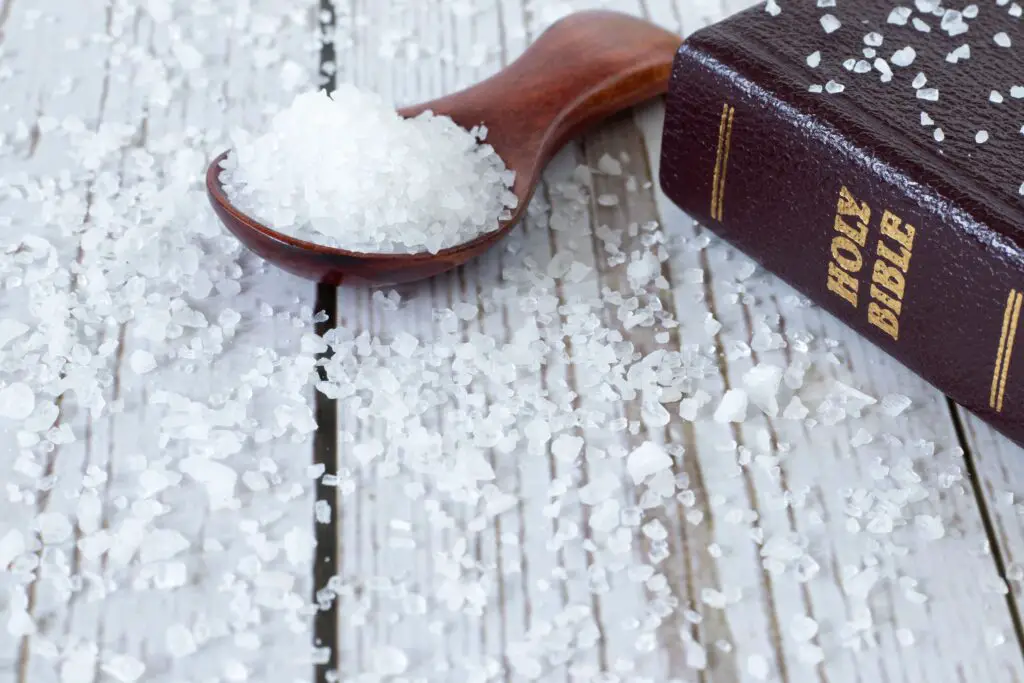1. Mirrors

Mirrors have long been used in rituals, but in some cults, they served as powerful tools for initiation. Often, these mirrors were believed to reflect not just the physical self but also one’s soul. The idea was that the initiate would look into the mirror and confront their true nature, sometimes seeing visions or receiving messages about their spiritual journey. In other cults, mirrors symbolized a bridge between the physical world and the supernatural realm, which was essential for those seeking to transcend earthly existence.
In these settings, mirrors were often used in ceremonies to mark the transition from the mundane to the mystical. Initiates might gaze into a mirror during key moments of their initiation, sometimes as a rite of passage or even as a form of self-purification. The reflective surface became a metaphorical and literal gateway, allowing them to ‘shed’ their old self and step into a new identity within the group. This ritual, laden with symbolism, was meant to strengthen the bond between the initiate and the teachings of the cult.
2. White Robes

White robes, symbolizing purity and new beginnings, were once standard attire in many cult initiations. Wearing these robes marked the initiate’s entry into a new life, one free from the burden of past sins or societal expectations. In the context of cults, the robe was often used as a uniform to signify belonging to a specific group or belief system. The act of donning the robe was symbolic of shedding old identities and adopting the teachings and rituals of the cult.
The robe served as a visual and psychological cue for both the initiate and the community that they were now part of something larger than themselves. The ritual of wearing white could also be tied to rebirth, with the initiates often undergoing significant mental and emotional transformations during their time in the cult. These robes, once seen as a sign of innocence or spirituality, became a mark of a more profound shift—an initiation into beliefs that might have been far removed from the initiate’s original life.
3. Candles

Candles were used in cult initiations to symbolize light, guidance, and the illumination of the path to enlightenment. In many cultic rituals, the lighting of a candle marked the beginning of an initiate’s spiritual journey. The flame represented knowledge, divinity, or the presence of the supernatural, guiding initiates through the darkness of ignorance or earthly life. The simple act of lighting a candle in a ritualistic setting often invoked a sense of awe and reverence, drawing the initiate closer to the teachings and mysteries of the group.
In some cults, the candles were also seen as a way to communicate with divine beings or spirits. The flickering flame symbolized a connection between the mortal world and the higher realms, while the act of extinguishing the flame could represent the end of the initiation or the death of the old self. Whether it was part of a more elaborate ceremony or a solitary moment of reflection, the candle’s flame played a key role in these rituals, providing both physical and symbolic light for the initiate’s transformation.
4. Knives

Knives, or ceremonial blades, played a significant role in many cultic initiations, often symbolizing power, sacrifice, and transformation. In some cults, knives were used in rituals to cut away the past, whether it was a symbolic act of severing ties with the outside world or a physical marker of shedding the old self. The sharpness of the blade represented clarity and the ability to cut through illusion, allowing the initiate to gain insight into deeper spiritual truths. The knife also often symbolized the initiate’s readiness to face danger or pain for the sake of their spiritual growth.
In certain groups, the knife was wielded in rituals that included bloodletting, a way of marking the body to signify the initiate’s commitment and loyalty to the group. This could range from minor symbolic cuts to more significant rituals, depending on the severity of the group’s practices. The blade’s role in these ceremonies was to forge a deeper connection between the initiate and their new identity, representing the willingness to sacrifice one’s former life for the sake of the cult’s teachings.
5. Animal Skins

Animal skins were once used in initiation rites, symbolizing the initiate’s connection to nature and the animalistic aspects of human existence. Wearing the skin of a wild animal, whether it was a deer, wolf, or other creature, was thought to impart strength, wisdom, or other qualities associated with the animal spirit. For the cult, the act of donning an animal’s skin was a way for the initiate to adopt the essence of that animal, stepping into a new identity that transcended the human experience.
In some cases, the animal skins were believed to possess mystical properties, granting the initiate abilities or insights that were otherwise inaccessible. This connection to the animal world helped the initiate embrace the primal aspects of their being, often in preparation for a life of heightened spiritual awareness or service to the cult’s purpose. The skin became a protective layer, symbolic of the initiate’s new role in the group, and marked the transition from an ordinary human to something more supernatural.
6. Salt

Salt has been used in cultic rituals for centuries, often as a purifier and protector. During initiation ceremonies, salt was sometimes sprinkled around the initiate or used to form protective circles. It was believed that salt could cleanse negative energy, purify the body, and ward off evil spirits, making it an essential part of many rites of passage. The act of using salt in these rituals was meant to ensure that the initiate entered the group free from external corruption and spiritual contamination.
In some cults, the use of salt wasn’t just about protection but also about the sanctification of the initiate’s body and spirit. The salt’s crystalline structure symbolized purity and spiritual clarity, aligning the initiate’s inner self with the cult’s teachings. Salt’s ancient use as a preservative also added another layer of meaning, as it symbolized the preservation of the soul and the longevity of the initiate’s commitment to the group.
